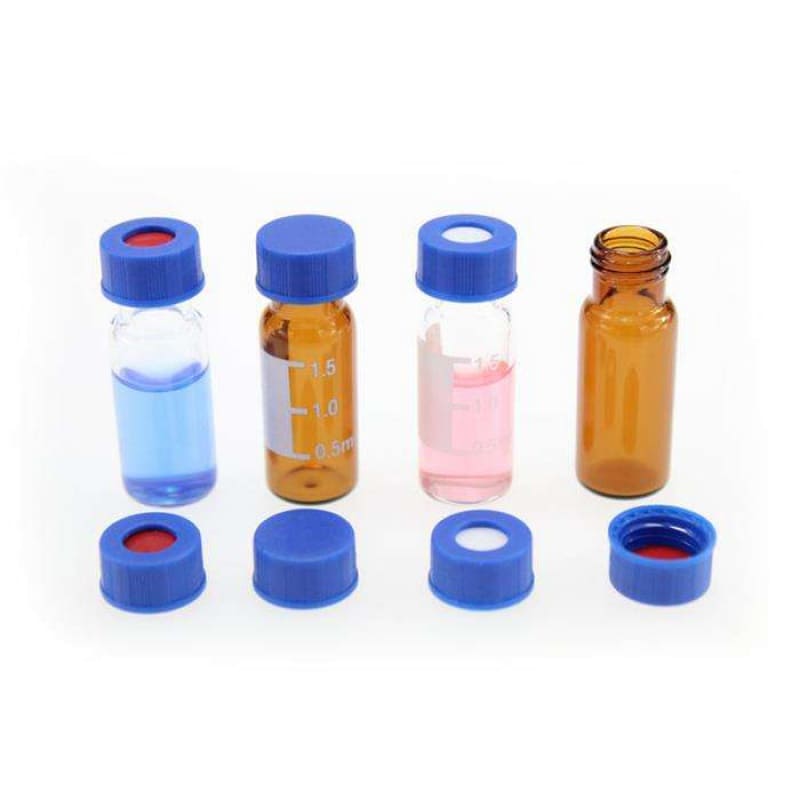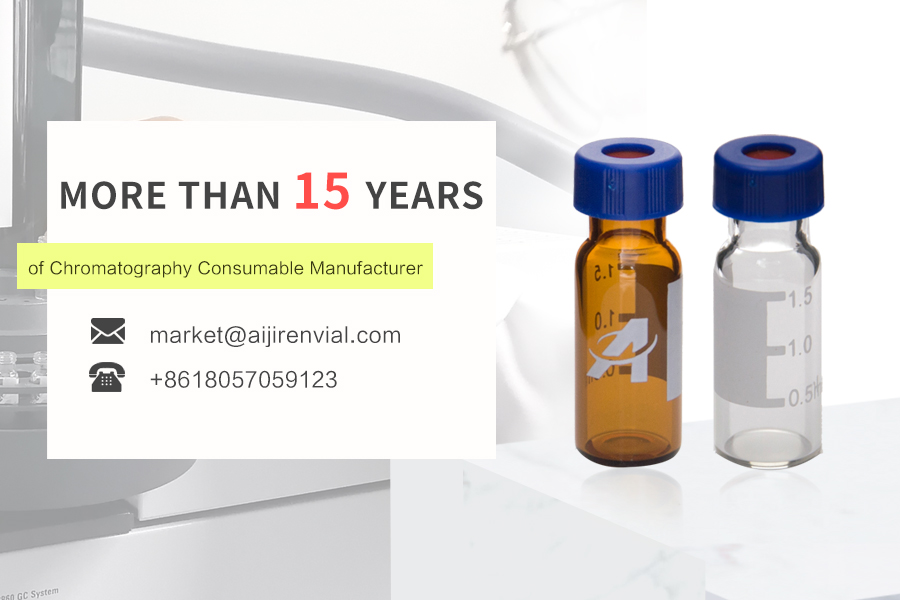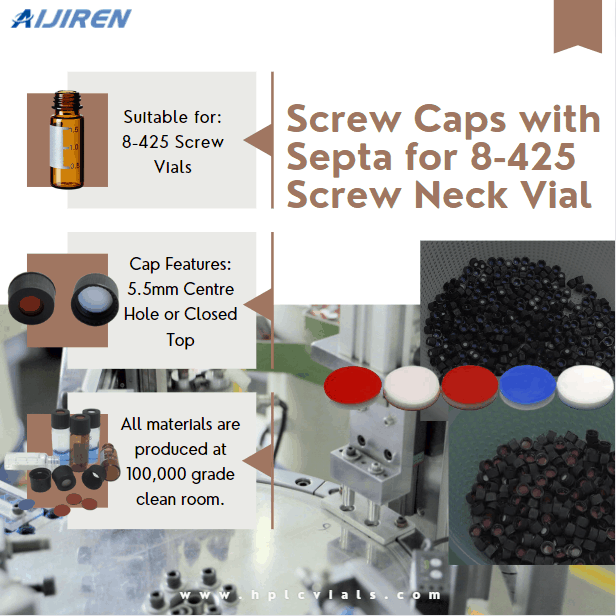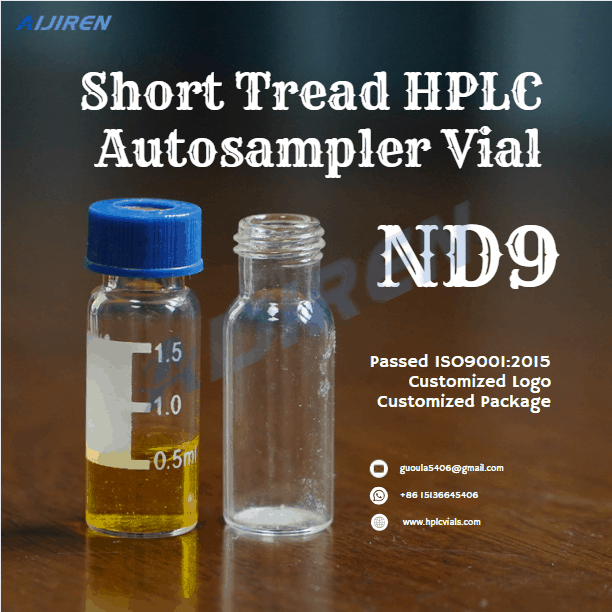HPLC vs. Capillary Electrophoresis: Which to Use?
In the world of analytical chemistry, choosing the right separation technique is crucial for obtaining accurate and reliable results. Two prominent methods, High-Performance Liquid Chromatography (HPLC) and Capillary Electrophoresis (CE), offer unique advantages and are often used in complementary roles. Understanding their differences can help you select the best approach for your specific application.
1️⃣ Separation Mechanism
HPLC relies on the interaction between the analytes and the stationary phase within a packed column, separating compounds based on their affinity for the stationary phase. This method is highly effective for a wide range of compounds, including large biomolecules and small organic molecules.
Capillary Electrophoresis, on the other hand, separates analytes based on their charge-to-size ratio in an electric field. This technique is particularly advantageous for small ionic species and biomolecules, offering high resolution and rapid analysis times.
2️⃣ Efficiency and Speed
HPLC provides excellent separation efficiency but can be time-consuming, especially when optimizing methods for complex samples. It typically requires longer run times and larger sample volumes.
CE is known for its rapid analysis and lower sample consumption, making it ideal for high-throughput environments. It also allows for faster method development due to its simpler setup.
3️⃣ Application Suitability
HPLC is widely used in pharmaceutical analysis, food safety testing, and environmental monitoring, where diverse sample types are encountered.
CE excels in applications involving biomolecules, such as proteins and nucleic acids, and is increasingly used in clinical diagnostics and genetic analysis due to its sensitivity and efficiency.
Conclusion
The choice between HPLC and CE ultimately depends on your specific analytical needs, including the nature of your samples, required sensitivity, and throughput. Both techniques have their strengths, and understanding these can help you make an informed decision.



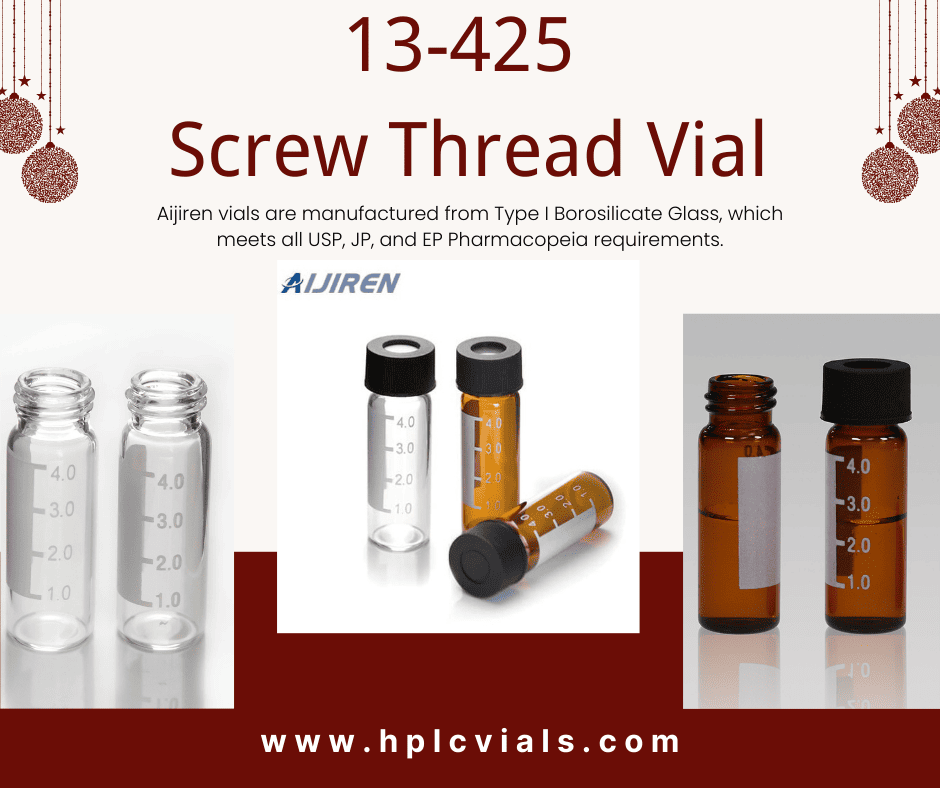
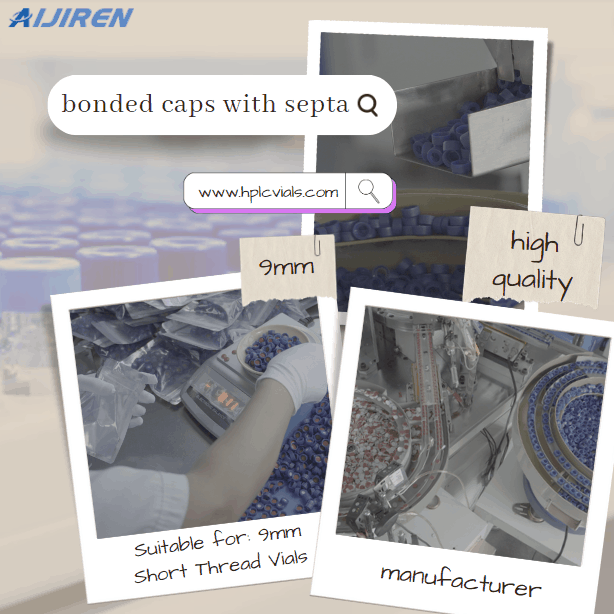
















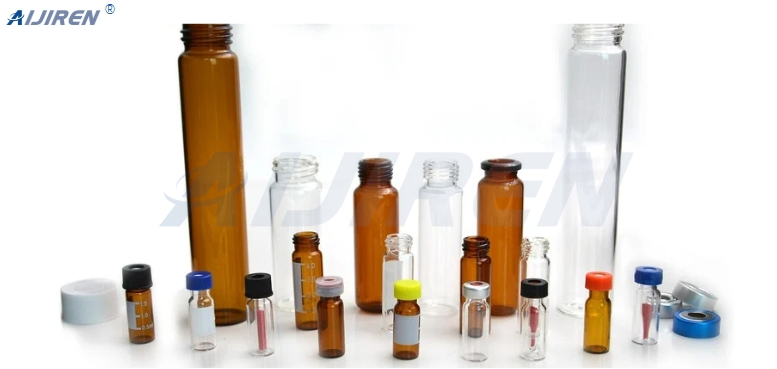


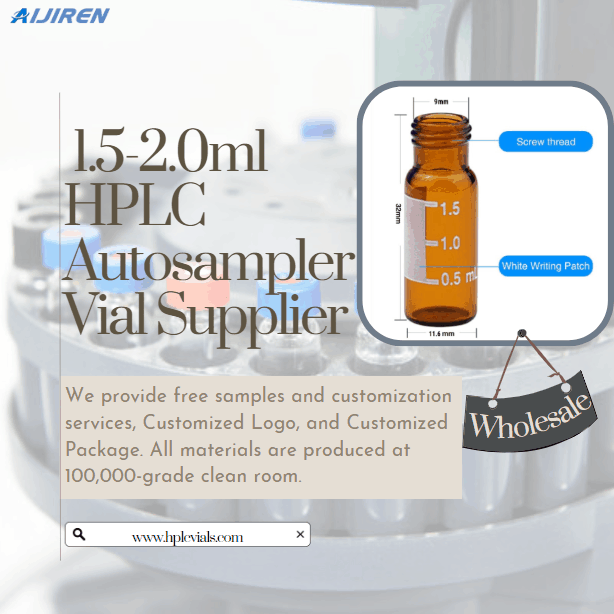







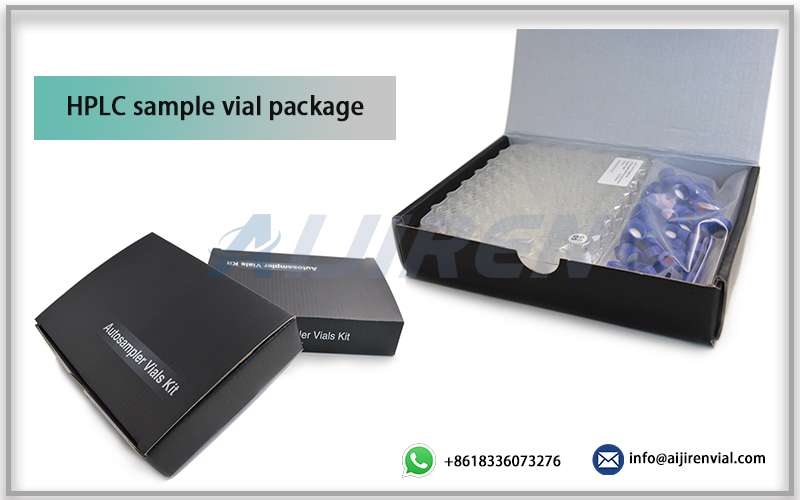

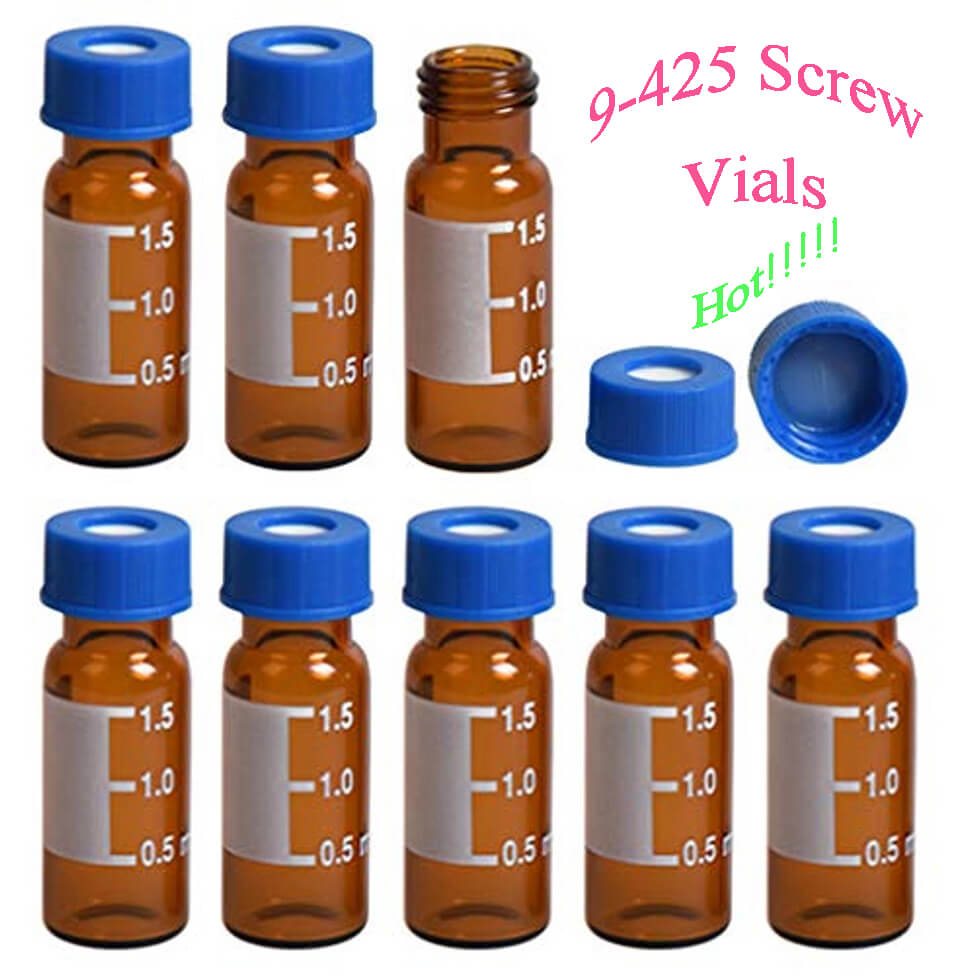










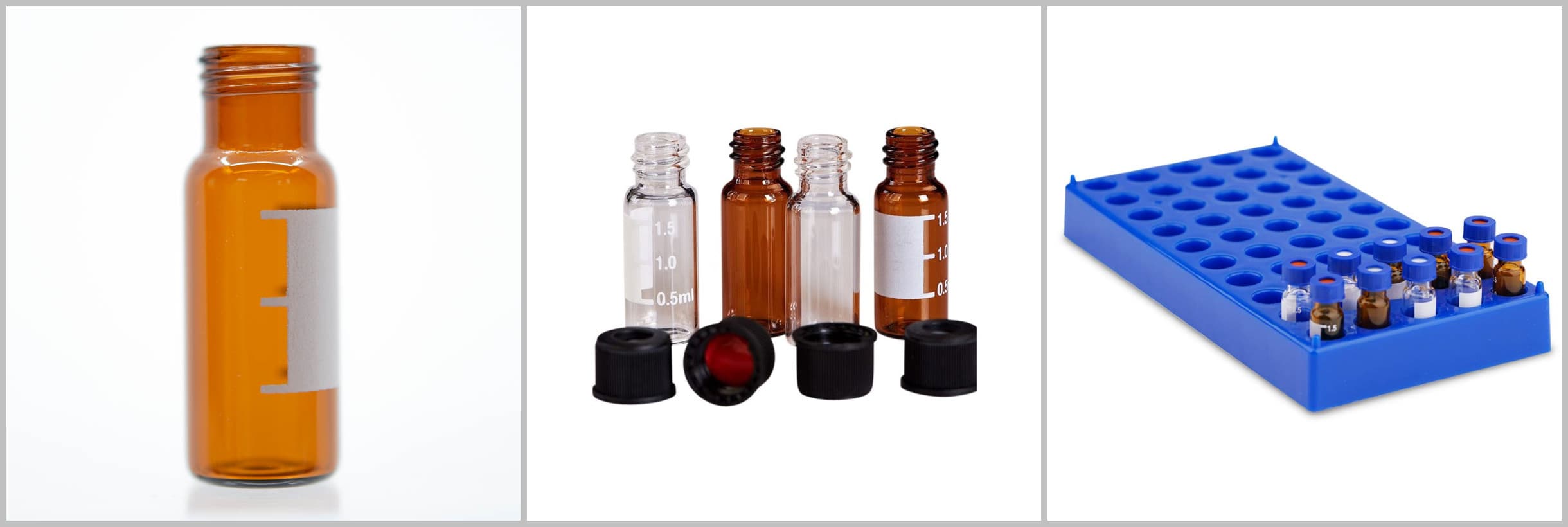





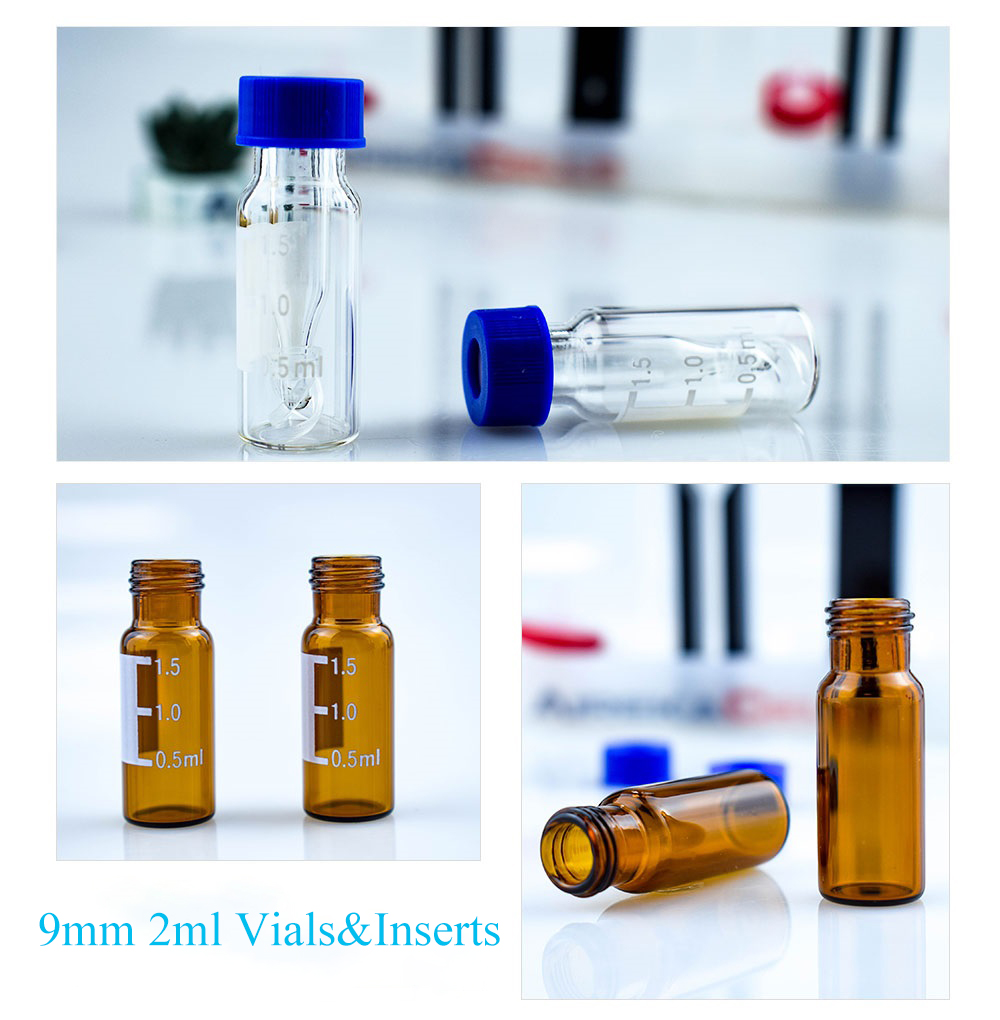

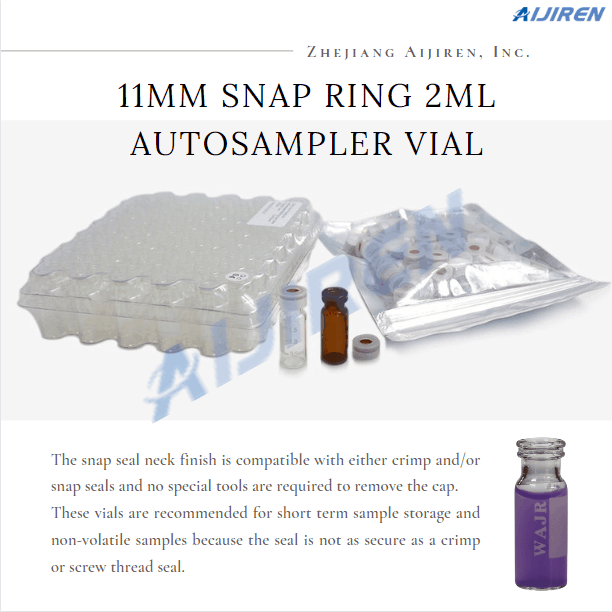


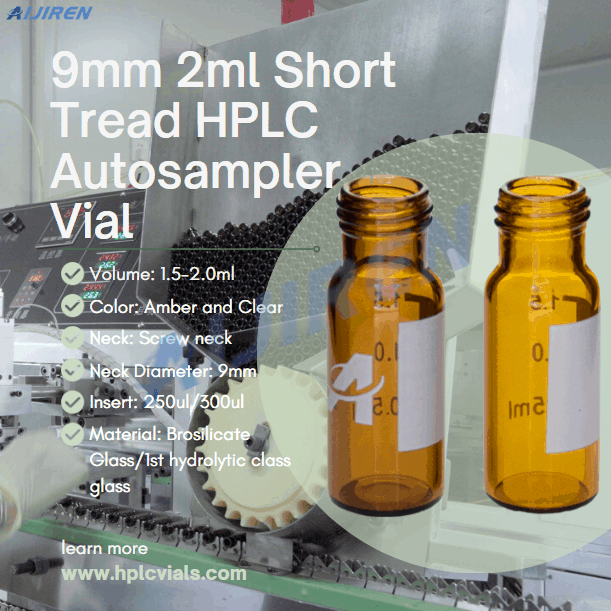
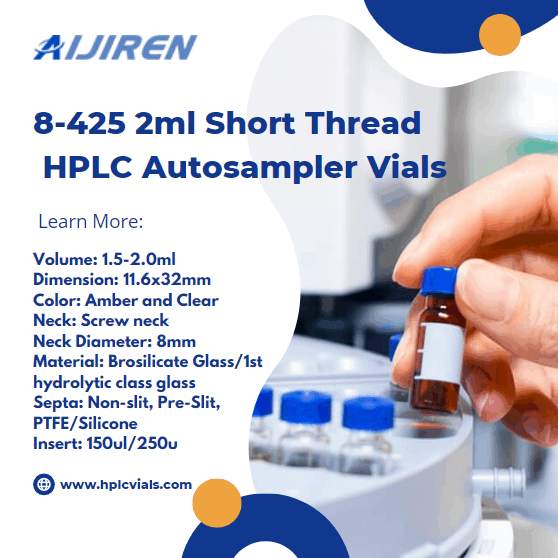
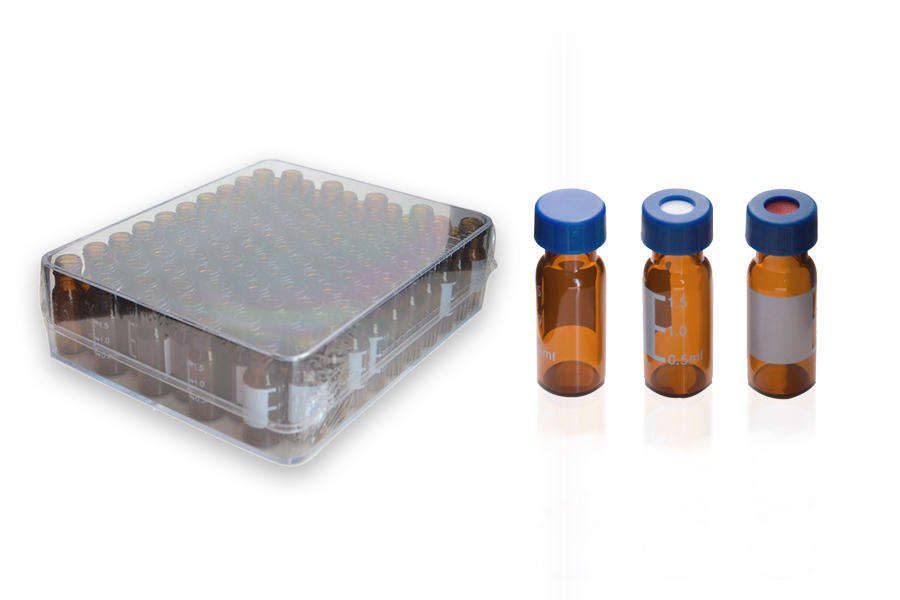










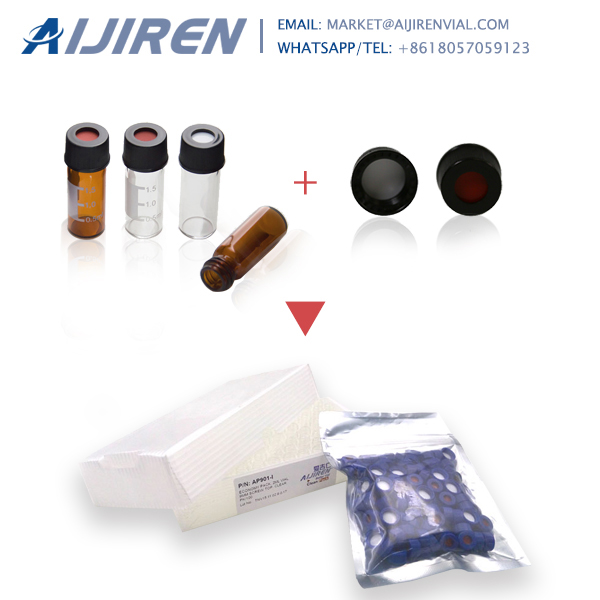


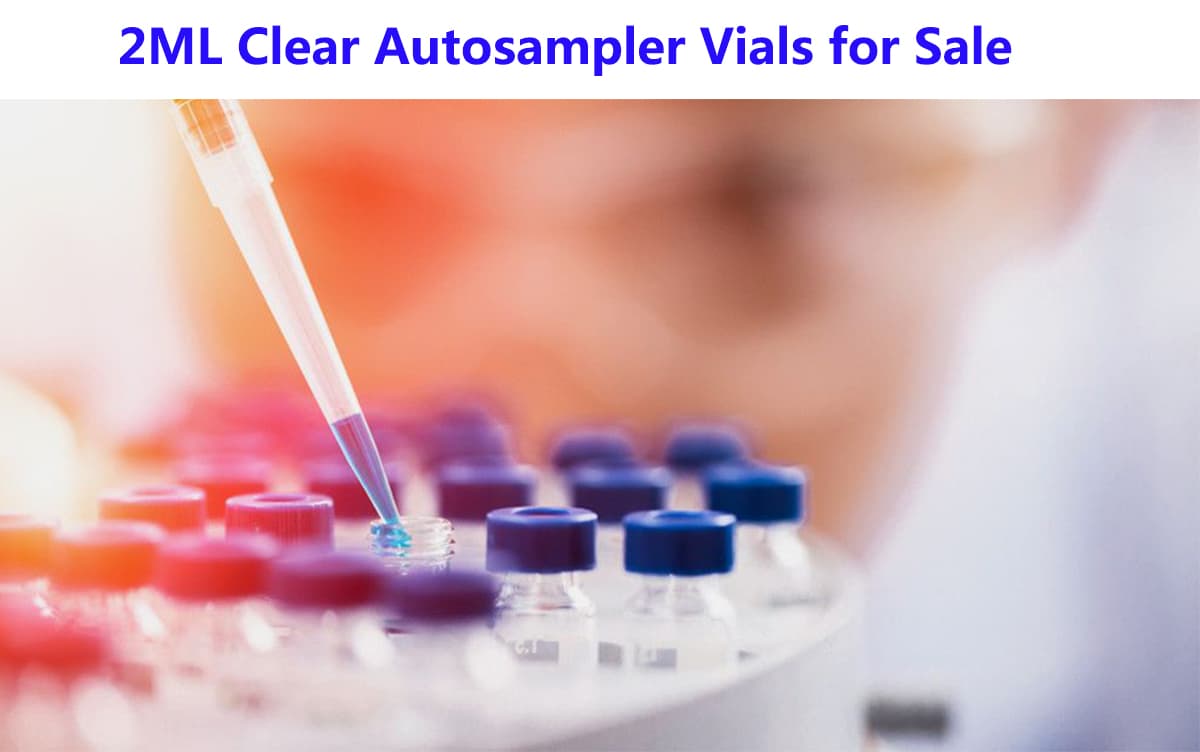



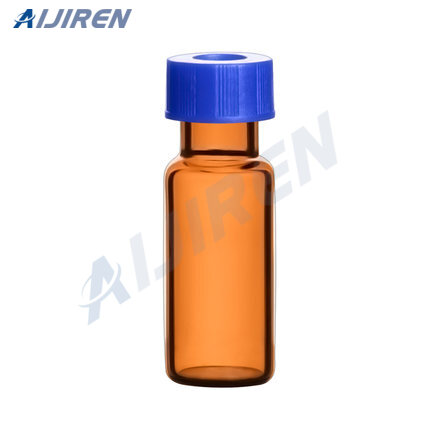
High-Quality-0.3ml-Crimp-Vial-for-Supply.png)













